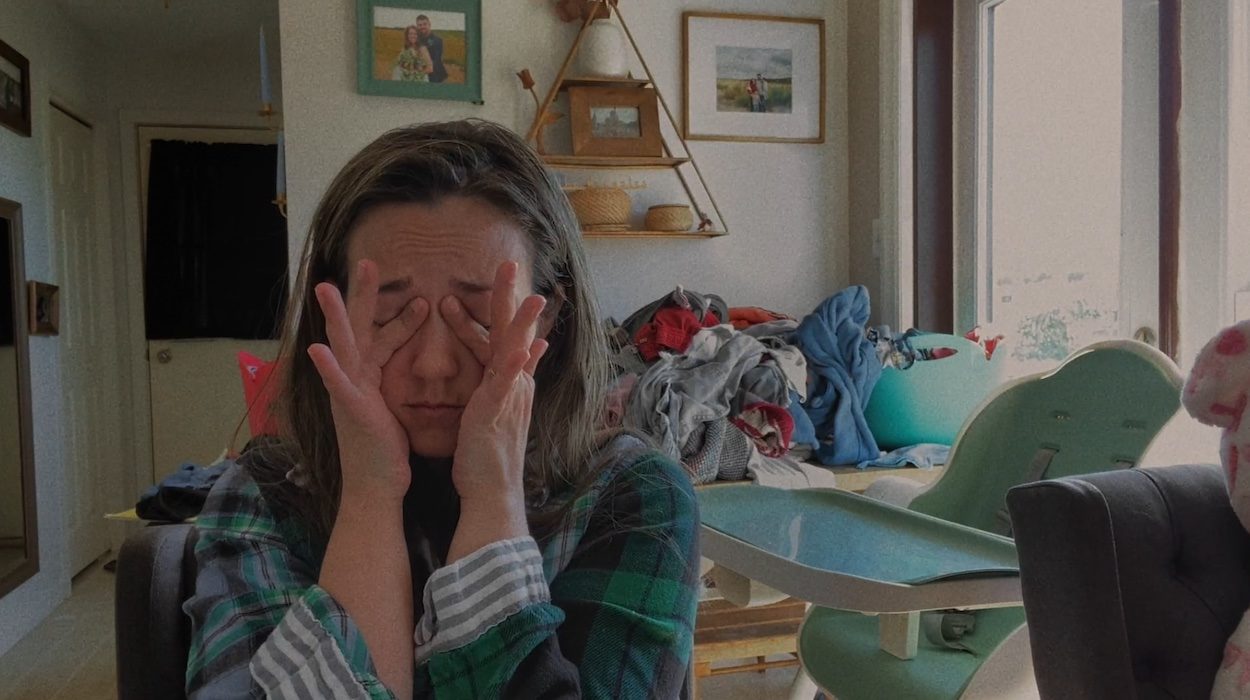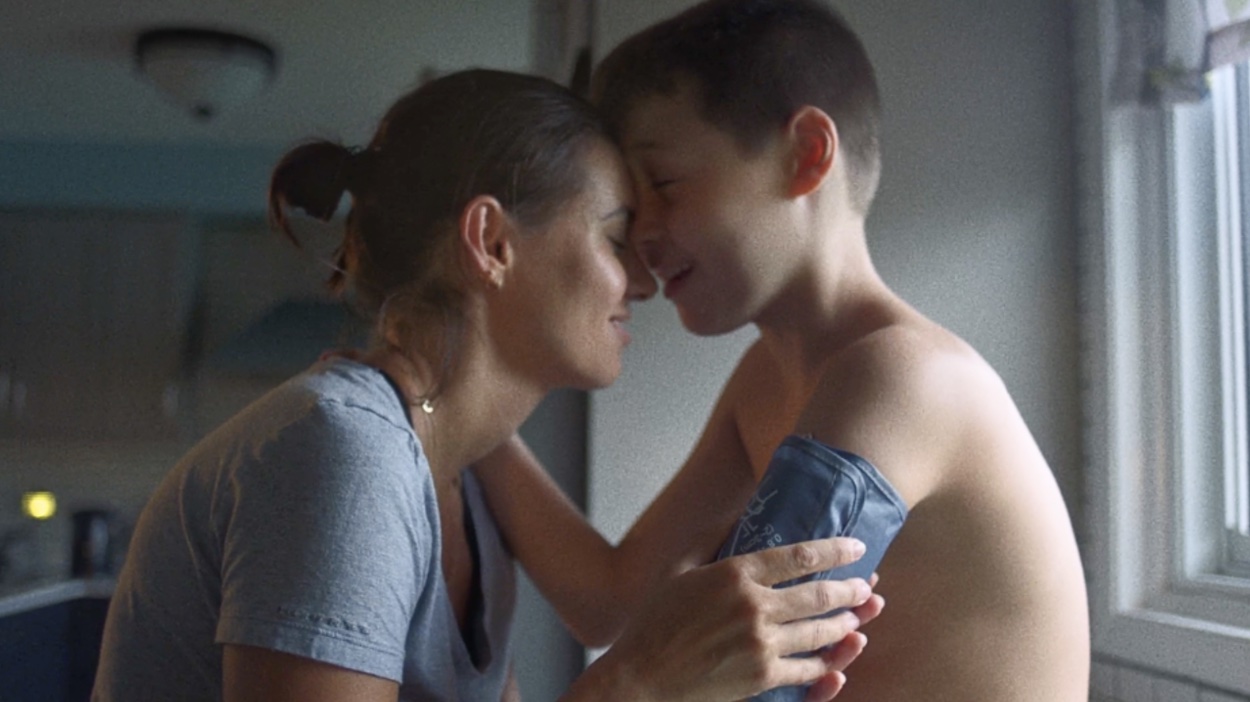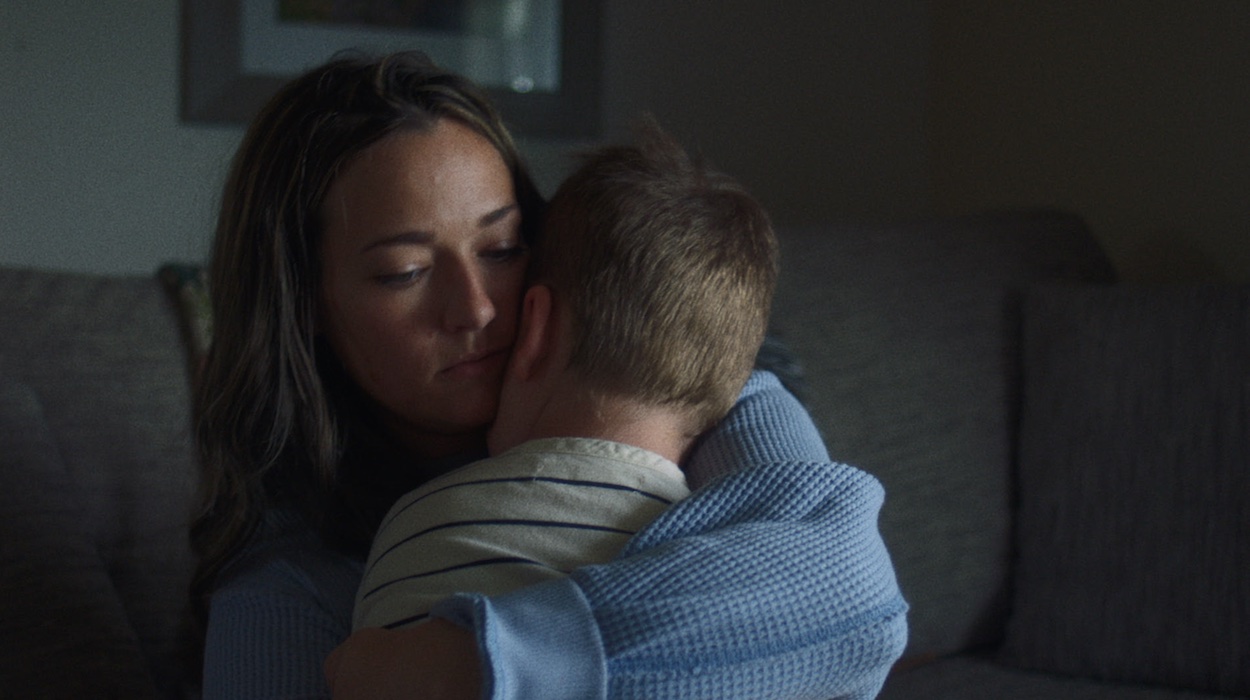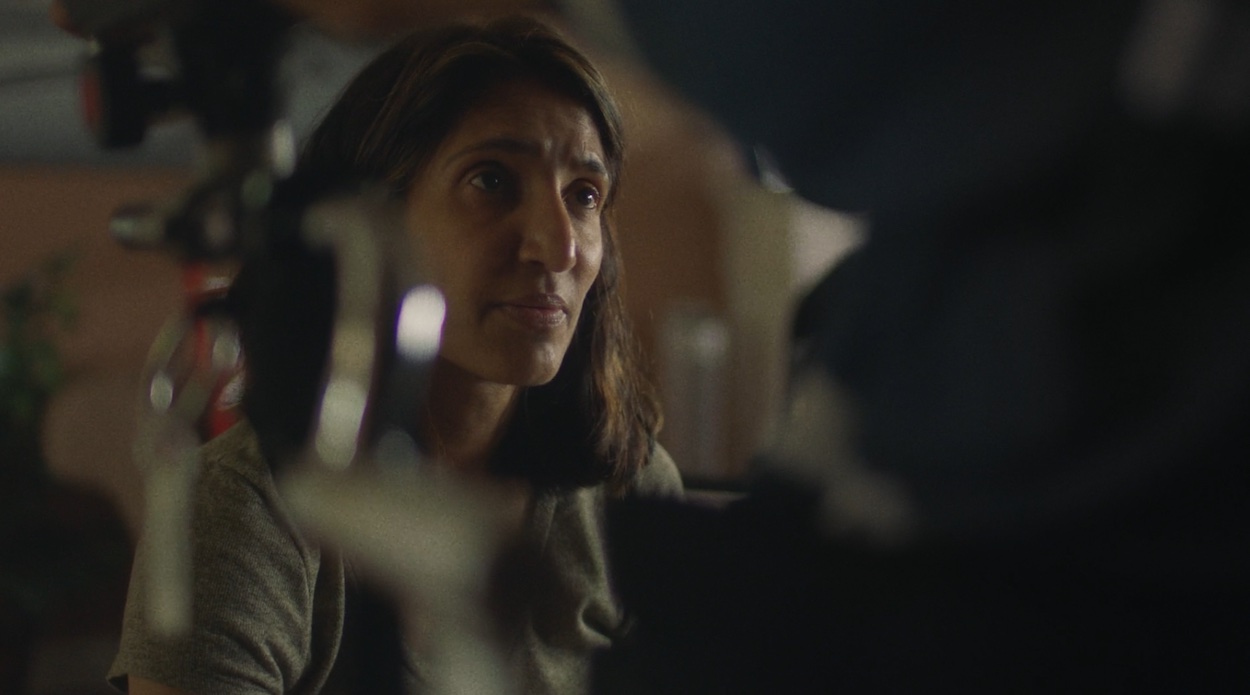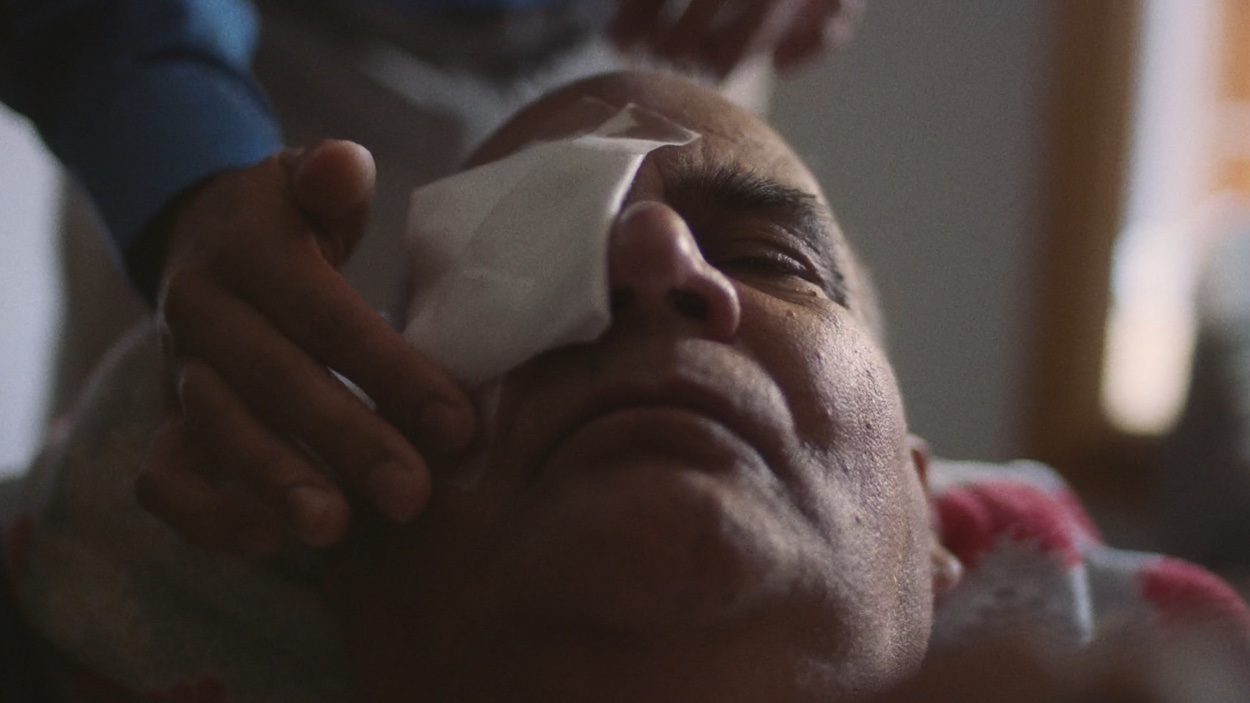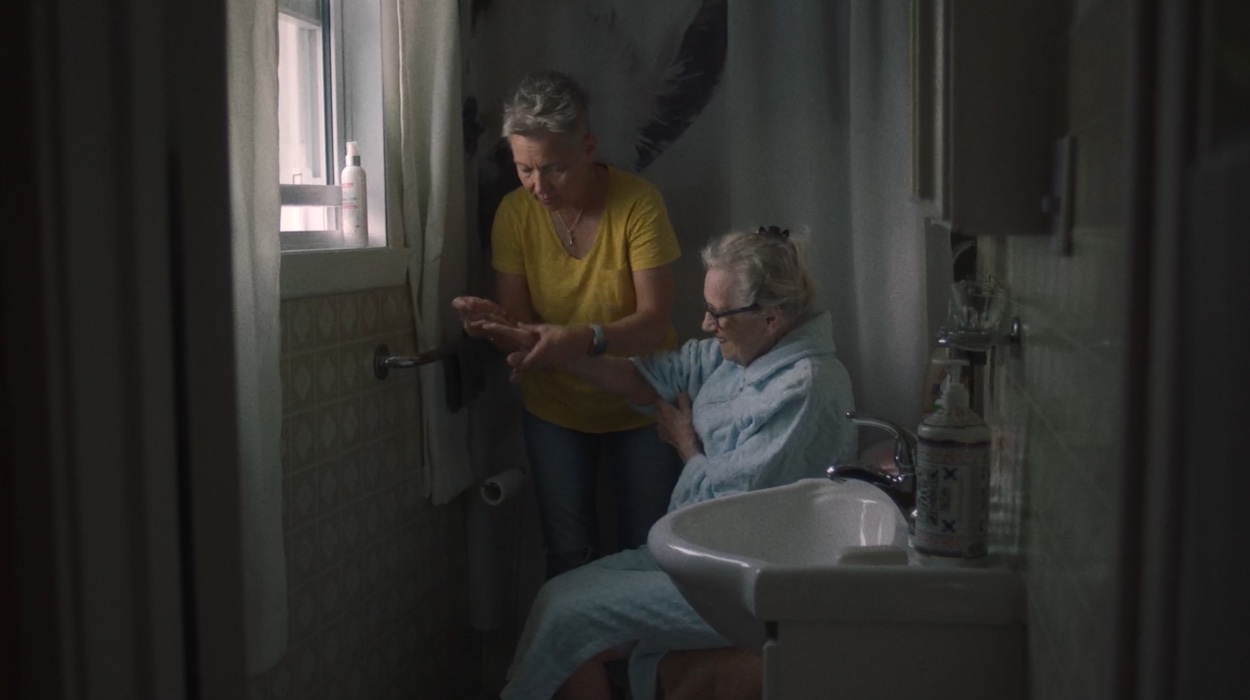The 24 Hours of Care footage has been compiled to provide a glimpse into what a typical day is like for the caregivers, and is available for viewing at www.24hoursofcare.ca.
This must have felt like simultaneously the most daunting yet worthwhile brief ever. How did you initially get involved in the project?
It was definitely one of the most worthwhile briefs I’ve ever seen. It was ambitious but not daunting. When I first saw the film was going to be 24 hours long, it made so much sense. You can’t fully comprehend what these caregivers are going through, what their life is like without showing their entire day. The film needed to be 24 hours to show that the care never stops. It needed to be 24 hours to be truthful and do justice to the stories.
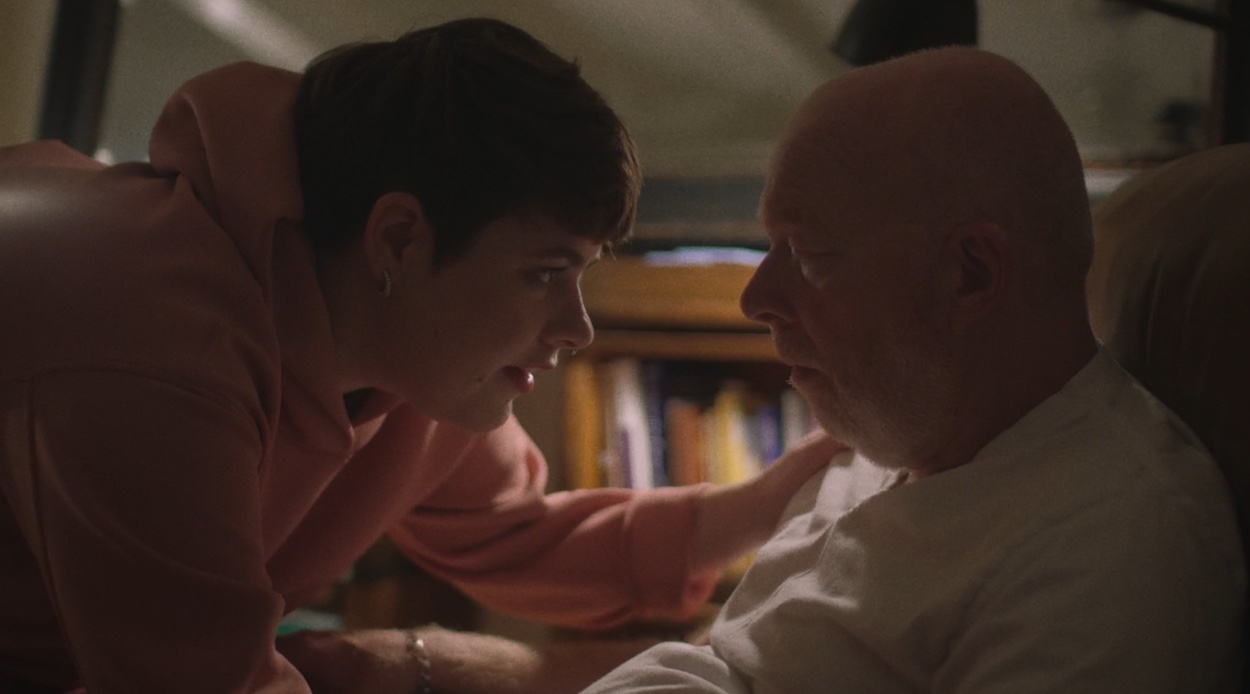
With 10 families to coordinate across 24 hours, presumably a huge amount of planning and logistics, both in pre-production and during the shoot, was involved. Can you tell me a bit about the process? Had you ever had to tackle anything similar before?
One of the first things I did was create a rough layout of logistically how we could film 10 families across Canada and how we would ensure we’d have 24 hours of watchable footage. A lot of my approach to the film happened in pre-production.
To make a truthful film, I wanted to make sure everyone we were filming felt comfortable and open to the experience. These are families that weren’t accustomed to being on camera and certainly weren’t accustomed to opening their private lives to strangers. So, it was so important to not be a stranger by the time we started filming. Leading up the filming -I spoke extensively on multiple occasions with each caregiver.
An important part of the project was self-filmed journals that each caregiver was submitting. We mailed them out iPhone kits and I took each of them through an info session on how to self-film journal entries about their lives. They’d upload the videos daily and I was able to give them feedback. The journals became an important part of the 24-hour film edit but they also provided a way for me and the caregivers to get to know one another. They’d upload a video of their day, and I was able to watch it to learn more about them and their families. This insight not only helped me understand their situations better, but it spawned many conversations between me and the caregivers. We’d have regular text exchanges and phone calls. It also informed what aspects of their lives we knew we wanted to film to best serve their stories.
Ultimately, I wanted the caregivers to know I was there to support them, to work with them to tell their story and that approach was well received – it helped establish trust. By the time it came to the shoot day, we had already established a friendship. There was already a comfort, so we were immediately welcomed into the caregiver’s lives. I think this comfort and trust that they had with us really comes through in the film.
As the blurb around the film says, family caregiving is generally something that happens in private, behind closed doors. How did you go about building a rapport, and capturing those incredibly intimate moments? Do you have any personal experience of caregiving?
While I don’t have any personal experience with caregiving, I have seen family members fall into the role of caregivers. I have so much respect and empathy for the work they do.
Because of my background in journalism, I’m very familiar with working with people who aren’t accustomed to being in front of the camera. I see my role as working with them to tell their own stories; they’re the experts. I’m there to support them and guide them to tell their own stories. All the work and the conversations the caregiver’s and I did together in pre-production set this tone for our relationships. We were in the filmmaking process together and I think that’s how they felt comfortable sharing even intimate parts of their lives with me.
On our shoot days I kept the production footprint as unobtrusive as possible. I wanted to keep the environment as close to a typical day as we could. Usually it was just the DP, sound person and myself in the family’s home. We’d ease into the day by shooting from pretty far back and as the family’s got more accustomed to us being there we were naturally able to move in closer in a way that didn’t make them uncomfortable. My goal was to always make sure the family’s felt comfortable, so they felt safe being themselves and we were able to film them in a way that was genuine to them.
Because each caregiver had a unique story, the way we told it was a little different, the way we approached it and the support we provided was different. For example, Pamela’s 8-year-old son Isaac has Down’s Syndrome and feels most comfortable when he’s in his routine and knows what is happening next. Before the shoot, we talked a lot about how to make sure Isaac would be comfortable with us being there. We took photos of me and of the DP Stuart holding his camera, and sent them in advance to Pamela. Pamela turned the photos into visual aids to explain to Isaac exactly what he could expect on our filming days. It worked very well. Also on the shoot day, at one point early in the day we had some down time, so I was able to sit with Isaac and read some of his books to him and he loved that. Those few minutes we spent together made the day so much easier.
Although the subject matter is emotionally loaded, the film never strays into mawkishness – it feels like a very clear-eyed (yet still empathetic) look, which is somehow more powerful and moving. Was that a difficult tone to maintain, given how closely involved you became?
I always tried to make sure if we were including a scene, it was because it was serving the caregiver’s story. The subject matter is emotionally loaded but I wanted to make sure the tone was always respectful.
For instance, Ralucca’s 10-year-old son Logan is on the autism spectrum. I knew from our conversations and from her video journals that taking Logan anywhere in the car was a huge challenge for her. He needs to be driven to and from therapy, but he gets very upset in the car – he screams, he cries, he kicks, he punches the seats, he hits Ralucca.
I knew we needed to include these car scenes in our film to tell Ralucca’s story because it demonstrated her grace and her strength.
Before one of the car trips we mounted a camera on her dashboard. We filmed this beautiful scene where Ralucca is able to drive safely, sing and talk sweetly to Logan all while he’s having a really hard time in the backseat crying, screaming at her and kicking her seat. But Ralucca maintain complete composure throughout the scene.
It’s challenging to watch a child struggle and get this upset; I think it’s one of the hardest scenes to watch. It feels very intimate but to me the scene needed to be in the film because it felt like such a good example of the strength and perseverance Raluca has daily for Logan. The driving scene says so much about her character.
Across the 24 hours, there are countless moments of tenderness and beauty amid the mundane – even just washing hair and cleaning teeth. Which ones stood out for you? And were there any that were particularly challenging to capture?
Because we were often present for challenging or very intimate moments, I would make decisions while we were filming about when we should turn the camera off. If a moment wasn’t in service of the story or I got the sense the families were uncomfortable then we stopped filming and gave them space.
That said – we did film some challenging moments if they did really add to the caregiver’s story. Sakina cares for her adult son Yasin, who has a rare progressive neurological condition called Friedreich’s Ataxia. We were filming when Sakina was doing her daily physical therapy with Yasin. She was doing some supported walking exercises and they became challenging and painful for Yasin. Yasin was frustrated and started crying and Sakina was apologizing and trying to help him. It was clearly a hard moment for them. I decided to keep filming even through it was challenging and very intimate because it felt important to Sakina’s story. Daily she must do these physical exercises that are so hard on both of them.
To me the scene demonstrated Sakina’s strength and challenges as a caregiver. So we kept filming but from a respectful distance. And I’m glad we made that choice because I think it’s a very important scene in the film.
Watching the film, what struck me was how wide the definition of caregiving is, how much graft is involved, both physically and mentally – and how we, as a society, should be placing much more value on it. Was that one of the messages you wanted to get across?
This was absolutely part of the message we wanted to get across. When we were casting for the film, it was really important that we found diverse families who represented the various types of family caregiving that exists. We wanted to not only shine a light on their stories but also show that they are in need of support from society. Their work is invaluable but they are often in need of physical, mental or financial support.
After the success of the film at various awards shows, what’s next for you?
We’ve been super fortunate with all the success the project has been receiving with awards. Next, I have an idea for a feature documentary that I’m working on developing. Commercially, I’d love to do more branded documentary work like this project for CareMakers. And I’d love to expand my work into Europe and the USA.
INFO:
Jennifer Roberts website
Skin & Bones website
